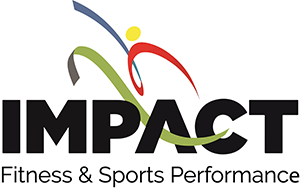Weightlifting movements (e.g. cleans, jerks and snatches) and their related training exercises (e.g. hang/power/block clean, power jerks, hang/power/block snatches) have been found to be effective in increasing power output for athletes of all types. Studies conducted by Garhammer (3,4) showed that weightlifters had a much higher power output compared to powerlifters when they were performing maximum snatches and cleans. Kikka (1) also mentions that power is an essential part of high-level performance in sports and is defined as strength applied at speed. Therefore, for coaches of sports such as volleyball, basketball, football, padel, soccer, and others that involve high-speed movements, it makes sense to incorporate weightlifting movements into their athletes’ training programs, as it is important to choose exercises based on the movement patterns rather than just focusing on the muscle groups that are being worked (2). Doing this will ensure that athletes are training to produce power within the context of their sport.
It is undeniable that teaching and learning weightlifting movements can be somewhat complex. However, as a coach with extensive experience, I can say that it is entirely feasible to teach a group of athletes how to properly execute olympic lifts in a short amount of time if the proper progressions are in place. I have had the privilege of teaching hundreds of athletes the hang clean and other olympic variations, as well as competed at the national level. Teaching the starting positions of the power, hang and block position with proper hip hinge is a great place to start, and additional instruction is certainly beneficial in refining their technique. On the rare occasion, there may be an athlete who is unable to learn the movement, in which case alternative training strategies must be sought out to foster power development. Note that to ignore Olympic movements due to the inability to get into the correct position is not being injury preventative, but rather simply ignoring a deficiency in their movement quality. To bypass the detail when an athlete cannot perform a proper front rack position (With elbows up on the catch of the clean) is simply lazy coaching, or lack of understanding how to get them in the proper position.
- Daniel Kikka Power in sports and athletic performance – and why you need it. Fitness Components, Sports Science, Education, 2019.
- Fleck, S.J. and W.J. Kraemer. Designing Resistance Training Programs. Champaign, IL: Human Kinetics, 1987. pp. 47–74.
- Garhammer, J. A review of power output studies of Olympic and powerlifting: Methodology, performance prediction, and evaluation tests. J. Strength Cond. Res. 7(2):76–89. 1993.
- Garhammer, J. and Gregor, R. Propulsion forces as a function of intensity for weightlifting and vertical jumping. J. Appl. Sports Sci. Res. 6(3):129–134. 1992.
- Magill, R.A. Motor Learning: Concepts and Applications (3rd ed). Dubuque, IA: W.C. Brown, 1985. pp. 438–442.
